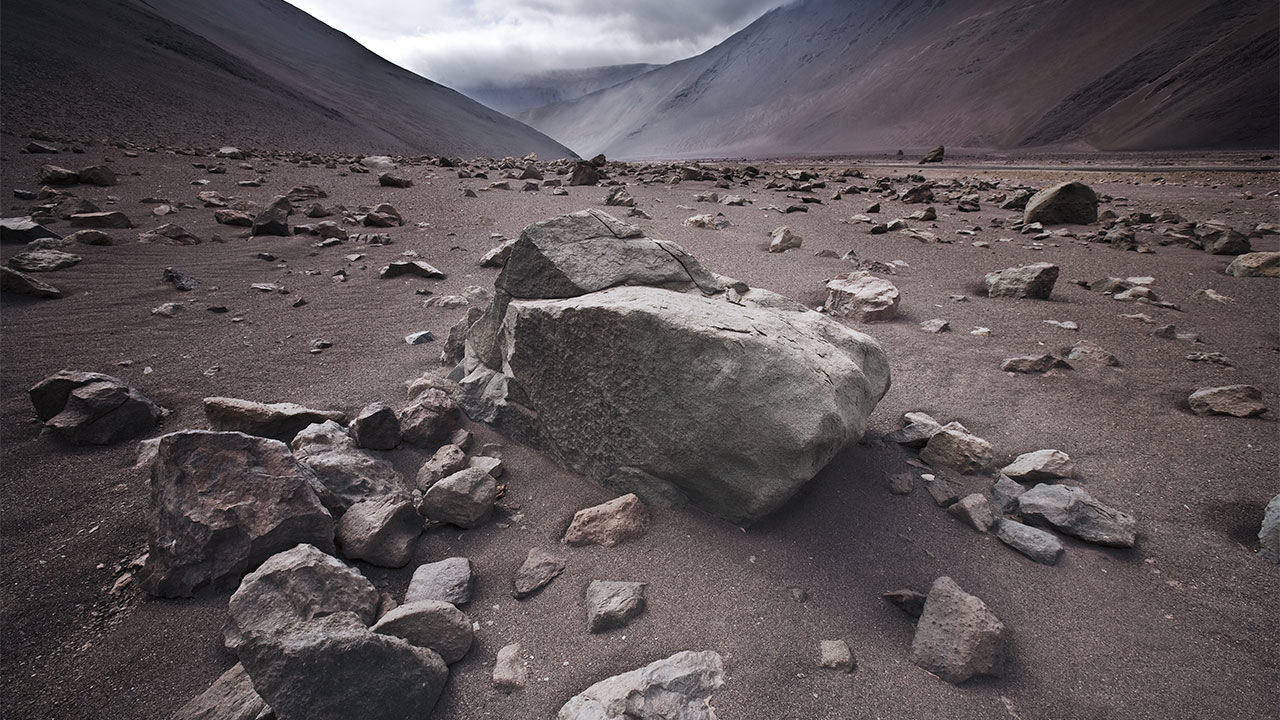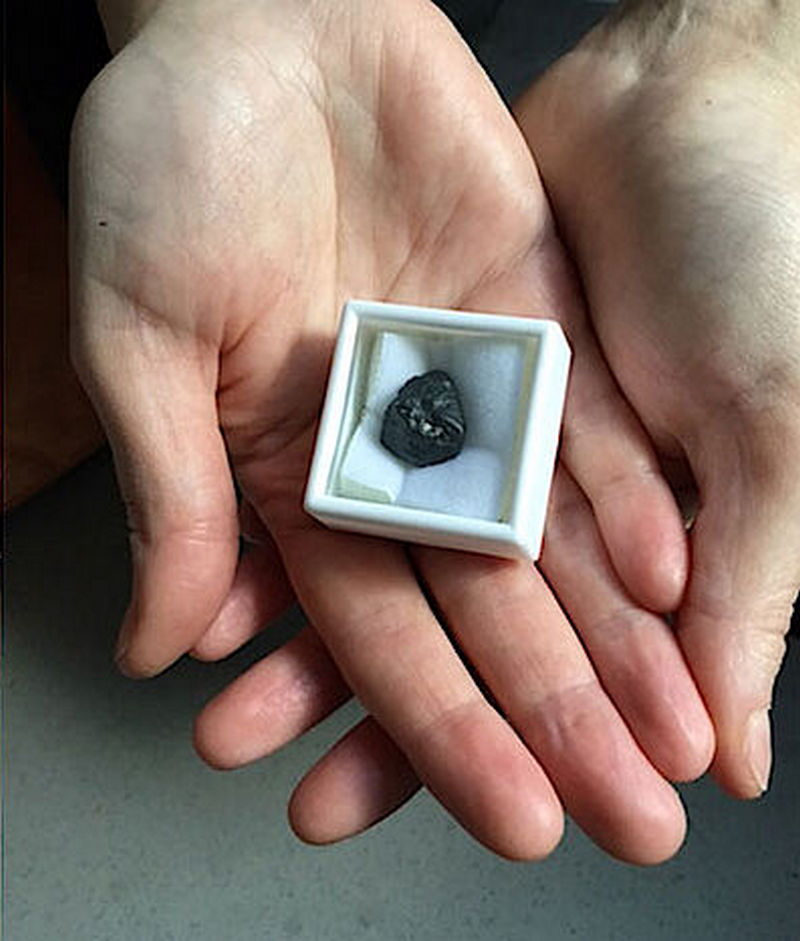Scientists have successfully grown microcrobrial organisms on rocks from Mars

Rock from Mars is a rare and precious resource here on Earth. So far, the only samples we have are chunks of meteorite, dislodged from the red planet and travelling through the Solar System until they smack into Earth.
A small piece of this invaluable stuff has just been put to a fascinating use: Scientists ground up a small piece of the Martian Black Beauty meteorite, and used it to grow extremophile microbes.

This not only demonstrates that life could actually exist in real Martian conditions, it provides astrobiologists with new biosignatures they could use to look for signs of ancient life in the crust of Mars.
“Black Beauty is among the rarest substances on Earth, it is a unique Martian breccia formed by various pieces of Martian crust (some of them are dated at 4.42 ± 0.07 billion years) and ejected millions [of] years ago from the Martian surface,” said astrobiologist Tetyana Milojevic of the University of Vienna in Austria.
“We had to choose a pretty bold approach of crushing a few grams of precious Martian rock to recreate the possible look of Mars’ earliest and simplest life form.”
If ancient life existed on Mars, then of all the life on Earth, it’s most likely to resemble an extremophile. These are organisms that live in conditions we once thought too hostile to support life, such as subzero, super-salty lakes in Antarctica, or volcanic geothermal springs, or Earth’s lower crust, deep beneath the seafloor.

On ancient Mars, billions of years ago, we are fairly certain that the atmosphere was thick and rich in carbon dioxide. We have a sample of some of the rock that made up the Martian crust when the planet was just a baby.
Here on Earth, organisms that can fix carbon dioxide and convert inorganic compounds (such as minerals) into energy are known as chemolithotrophs, so that is what the research team looked into as the sort of organism that might have lived on Mars.
“We can assume that life forms similar to chemolithotrophs existed there in the early years of the red planet,” Milojevic said.
The microbe they selected was Metallosphaera sedula, a thermoacidophilic Archaean found in hot, acidic volcanic springs. This was placed on the Martian mineral in a bioreactor that was carefully heated, and gassed with air and carbon dioxide. The team used microscopy to observe the growth of cells.
Grow they did indeed – and the Black Beauty groundmass left behind allowed the scientists to observe how the microbe used and transformed the material in order to build cells, leaving behind biomineral deposits. They used scanning transmission electron microscopy to study these deposits down to the atomic scale.
“Grown on Martian crustal material, the microbe formed a robust mineral capsule comprised [sic] of complexed iron, manganese and aluminum phosphates,” Milojevic said.
“Apart from the massive encrustation of the cell surface, we have observed intracellular formation of crystalline deposits of a very complex nature (Fe, Mn oxides, mixed Mn silicates). These are distinguishable unique features of growth on the Noachian Martian breccia, which we did not observe previously when cultivating this microbe on terrestrial mineral sources and a stony chondritic meteorite.”
This could provide some invaluable data in the search for ancient life on Mars. The Perseverance rover, which last week arrived on the red planet, will be looking specifically for just such biosigns. Now astrobiologists know what the M. sedula crystalline deposits look like, they might find it easier to identify potentially similar things in Percy’s samples.
The research also highlights how important it is to use real Martian samples to conduct such studies, the researchers said. Although we have simulated Mars regolith available, and Martian meteorites are rare, we can gain invaluable insight from using the real thing.
Part of Perseverance’s mission is to collect samples of Martian rock to be returned to Earth, hopefully within the next decade. Scientists will surely be clamouring for the dust, but we have no doubt at all that some will be earmarked for extremophile research.
“Astrobiology research on Black Beauty and other similar ‘Flowers of the Universe’ can deliver priceless knowledge for the analysis of returned Mars samples in order to assess their potential biogenicity,” Milojevic said.







